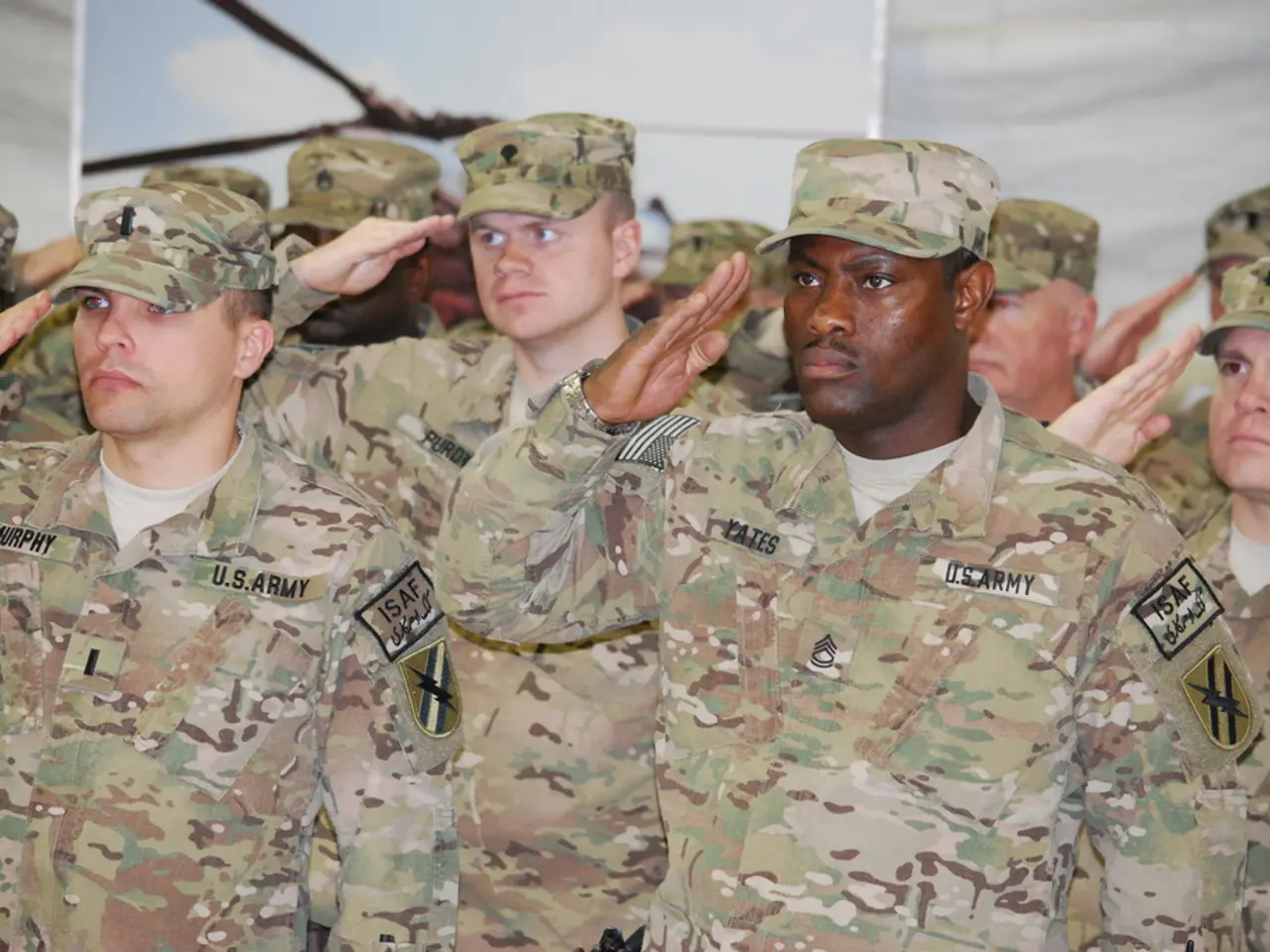Streamlining Human Resources Competence in the US Army: A Four-Step Plan to Expedite Personnel Evolution
The United States Army is embarking on a significant transformation of its human resource practices, aiming to adapt to the challenges of the twenty-first century job market and achieve its organizational goals more effectively.
In the human capital era, the Army's people are its most valuable resource, driving or constraining productivity more than any other resource. Recognizing this, the Army's most senior leaders are collaborating with and supporting their HR workforce in the creation of a strategic HR capability that prioritizes people.
The Army's push to transform its human resource practices began in 2010, and the results are now becoming evident. The Army has published its first-ever People Strategy, which identifies the strategic HR capabilities needed for achieving its goals. This strategy, developed under the guidance of General James McConville, the US Army's chief of staff who previously served as its G-1 (chief of human resources), outlines a future-oriented, capability-focused approach to HR organization design and development.
The Army's HR design criteria are specific, differentiating, actionable, and capable of adapting to future challenges. This approach is reflected in the implementation of a new human resource information system called IPPS-A, which is helping to create the data-rich HR environment needed to support a robust people analytics capability.
However, the Army's HR challenges are not limited to outdated processes and systems. The Army's HR community's occupational culture remains deeply rooted in the past, focusing on processes rather than people and future. This misalignment with the Army's organizational strategy and the lack of a strategic role, operating model, and structure for HR, as well as insufficient investment in its workforce, have hindered the Army's HR transformation efforts.
The Army faces persistent challenges such as sexual harassment and assault, as well as growing concerns over racism and domestic extremism in its ranks. To address these issues, a positive, strengths-based approach to change, such as Appreciative Inquiry (AI), can make people and organizations more resilient, build connections, and enhance creativity and innovation.
One researcher at the forefront of the Army's HR transformation is Dr. Mike Colarusso, a researcher in the Office of Economic and Manpower Analysis at West Point and a coauthor of the Army People Strategy and Senior Officer Talent Management. Dr. Colarusso's work is helping to shape the Army's HR practices for the future, focusing on people rather than processes and embracing interdisciplinary expertise in areas such as strategic planning, organizational research, culture, talent management, learning and development, performance management, people analytics, labor economics, workforce planning, diversity and inclusion, total rewards, employee relations, risk management, and succession planning.
To further support the Army's HR transformation, Jay Galbraith's "Star Model" could provide a good fit for the Army's organizational context. The model identifies five factors that must be carefully aligned to create an effectively functioning organization: strategy, structure, processes, rewards, and people. By focusing on these factors and aligning them effectively, the Army can continue to transform its human resource practices and achieve its organizational goals.
The time to act on HR organization design and development is now, as the payoff will be worth the effort. With a focus on people, strategy, and interdisciplinary expertise, the Army can create a truly people-first HR capability and overcome the challenges it faces in the twenty-first century.
Major General Douglas Stitt, a career Adjutant General (Human Resources) professional with over thirty years of experience and currently the US Army's Director of Military Personnel Management at the Pentagon, is leading the charge in this transformation. The Army's HR transformation is ongoing, and its success will depend on the continued collaboration and support of its leaders and workforce.
Read also:
- Shaping India's Economic Progression: Readying the Financial System for Tomorrow
- Conflict between Ben & Jerry's co-founder and Unilever over Gaza issues leads to resignation of co-founder
- Two farmers in Zambia take legal action against two firms with Chinese connections, alleging an ecological disaster caused by their operations.
- Deepening EU-India relations despite apprehensions regarding Moscow connections




